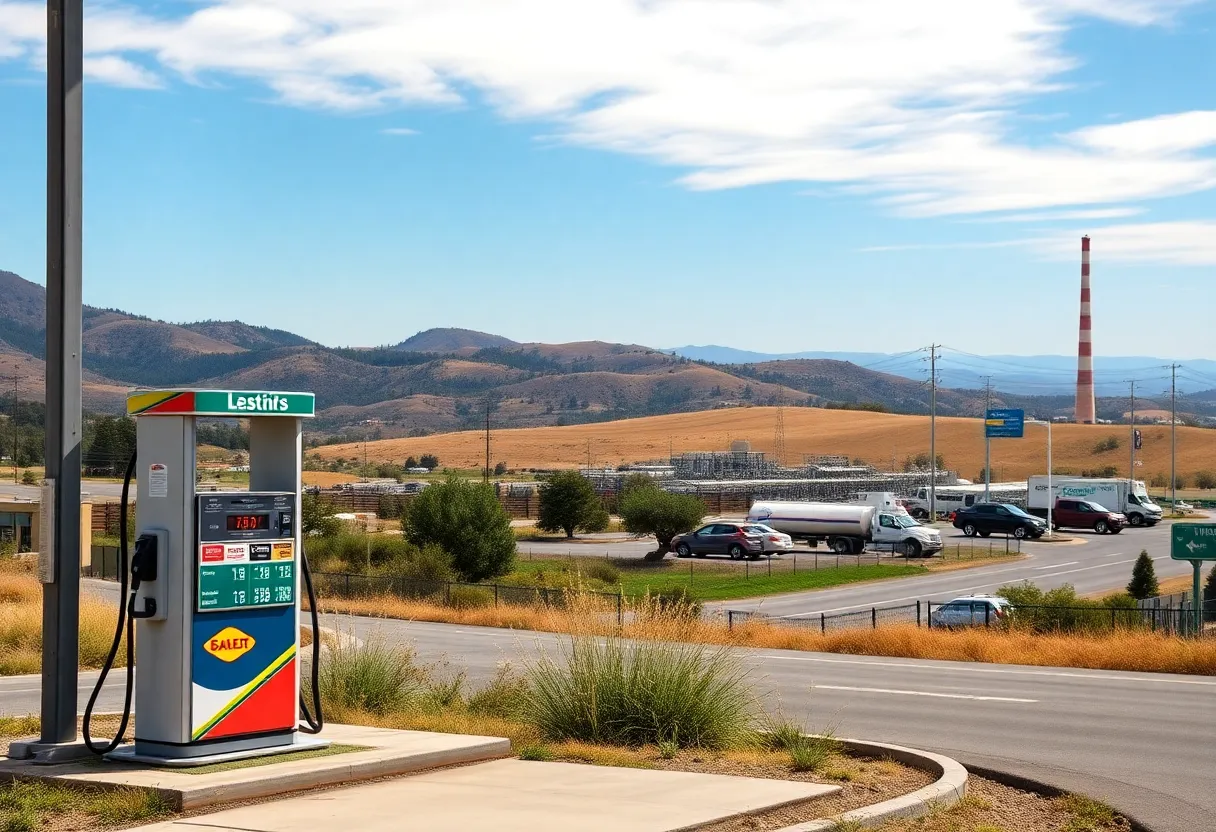News Summary
California is facing a significant rise in gas prices, projected to increase by 75% by the end of 2026. The closures of the Phillips 66 and Valero refineries are the primary drivers behind this surge. These facilities contribute to 20% of the state’s gas production, and their closure could see prices soar to $8.43 per gallon. Additionally, approximately 3,000 jobs linked to these refineries are at risk. The situation may severely impact California’s economy and its residents’ affordability.
California is poised to experience a dramatic increase in gas prices, projected to surge by 75% by the end of 2026. This potential spike in fuel costs is largely due to the planned closures of two significant refineries: the Phillips 66 refinery in Los Angeles and the Valero refinery in Benicia.
The Phillips 66 refinery is expected to close its doors by the end of 2025, while the Valero refinery is set to cease operations by April 2026. Combined, these refineries contribute to approximately 20% of California’s local gas production. In their absence, experts estimate that gas prices could soar to about $8.43 per gallon, significantly impacting consumers across the state.
Currently, following the anticipated closure of the Phillips 66 facility, gas prices are projected to rise to around $6.43 per gallon. The closures will also have serious economic ramifications, with approximately 1,300 jobs directly linked to these refineries at risk. When considering job multipliers, total job losses could escalate to nearly 3,000 throughout California.
The decision to close these refineries stems partly from stringent regulatory pressures, particularly those imposed by the Low Carbon Fuel Standard. This initiative aims to minimize the carbon footprint of fuel production; however, its stringent requirements have posed significant challenges for local refiners. Adjustments to this regulation might play a crucial role in determining the fate of these facilities and the state’s fuel supply stability.
Current Oil Production Trends
California has seen a marked decline in self-sufficiency regarding its petroleum needs. Presently, the state meets only 23.7% of its own requirements through in-state production. This figure stands in stark contrast to 1982, when California produced 62% of its own petroleum. Moreover, California’s production constitutes only 2.5% to 2.7% of the total U.S. crude output in recent years.
Experts voice concerns that further refinery closures could trigger a gasoline deficit of between 6.6 million and 13.1 million gallons per day. Such a decrease in production is likely to exert pressure on California’s economy, affecting the state’s Gross Domestic Product (GDP), affordability for residents, and overall personal income levels.
State Response and Economic Implications
As the potential fuel supply crisis looms, the administration of Governor Gavin Newsom faces mounting pressure to take decisive action. Although regulatory measures aimed at stabilizing fuel supply have been put in place, their long-term effectiveness remains uncertain.
The impending refinery closures could further complicate California’s financial landscape, already strained by a substantial $73 billion budget deficit and an overwhelming $1.6 trillion in state and local government debt.
Comparison with National Gas Prices
To put the looming gas price increase into perspective, California’s average gas price reported in April was $4.918, significantly higher than the national average of $3.260. Local refiners face considerable challenges, including high regulatory costs, which inflate gasoline prices beyond what consumers pay in other states.
As California navigates the complexities surrounding its refining capabilities and regulatory landscape, residents may soon find themselves grappling with the financial burden of soaring gasoline prices, underlining the urgent need for effective policy responses to mitigate the impacts of the looming refinery closures.
Deeper Dive: News & Info About This Topic
- California Globe
- The Hill
- KMPH Fox 26
- Desert Sun
- Audacy
- Wikipedia: California
- Google Search: California gas prices
- Google Scholar: California gas price increase
- Encyclopedia Britannica: California gas prices
- Google News: California gas prices 2026








